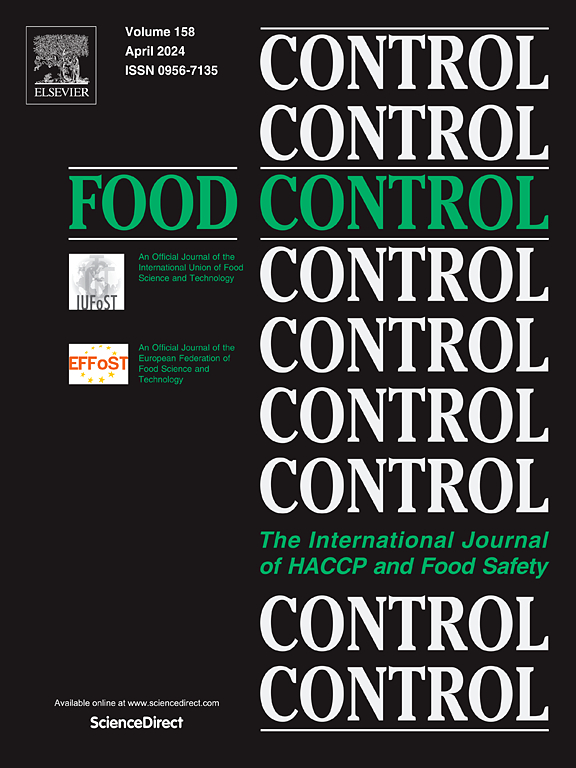Post-harvest grain storage: Methods, factors, and eco-friendly solutions
IF 5.6
1区 农林科学
Q1 FOOD SCIENCE & TECHNOLOGY
引用次数: 0
Abstract
Agriculture contributes about 17˗18 % of India's gross domestic product (GDP). However, infestations (pests including insects and rodents), microbial infections, and mycotoxin formation during the storage process result in a loss of about 10 % of total food grain production in India. This article explains various grain storage techniques, structures (short and long-term storage), traditional methods, and modern techniques' role in developing nations. Different grain storage issues, storage conditions, and physical, biological, and socio-economic factors have been explained. The toxic aflatoxins (AFs), which develop during grain storage and cause various health issues in livestock, are discussed. Advanced storage technologies for real-time monitoring of environmental parameters are summarized. The impact of chemical pesticide usage and the benefits of natural bio-pesticides in grain storage are presented. Natural plant species against major and minor insect pests are highlighted. A decision-making problem is implemented using the analytic hierarchy process (AHP) technique from the available plants in order to identify and use them for effective grain storage. This article provides insights to explore natural resources in the integration of technological interventions i.e. nanotechnology for the sustainable storage of grains. Ultimately, this is expected to enhance food security and human health.
求助全文
约1分钟内获得全文
求助全文
来源期刊

Food Control
工程技术-食品科技
CiteScore
12.20
自引率
6.70%
发文量
758
审稿时长
33 days
期刊介绍:
Food Control is an international journal that provides essential information for those involved in food safety and process control.
Food Control covers the below areas that relate to food process control or to food safety of human foods:
• Microbial food safety and antimicrobial systems
• Mycotoxins
• Hazard analysis, HACCP and food safety objectives
• Risk assessment, including microbial and chemical hazards
• Quality assurance
• Good manufacturing practices
• Food process systems design and control
• Food Packaging technology and materials in contact with foods
• Rapid methods of analysis and detection, including sensor technology
• Codes of practice, legislation and international harmonization
• Consumer issues
• Education, training and research needs.
The scope of Food Control is comprehensive and includes original research papers, authoritative reviews, short communications, comment articles that report on new developments in food control, and position papers.
 求助内容:
求助内容: 应助结果提醒方式:
应助结果提醒方式:


